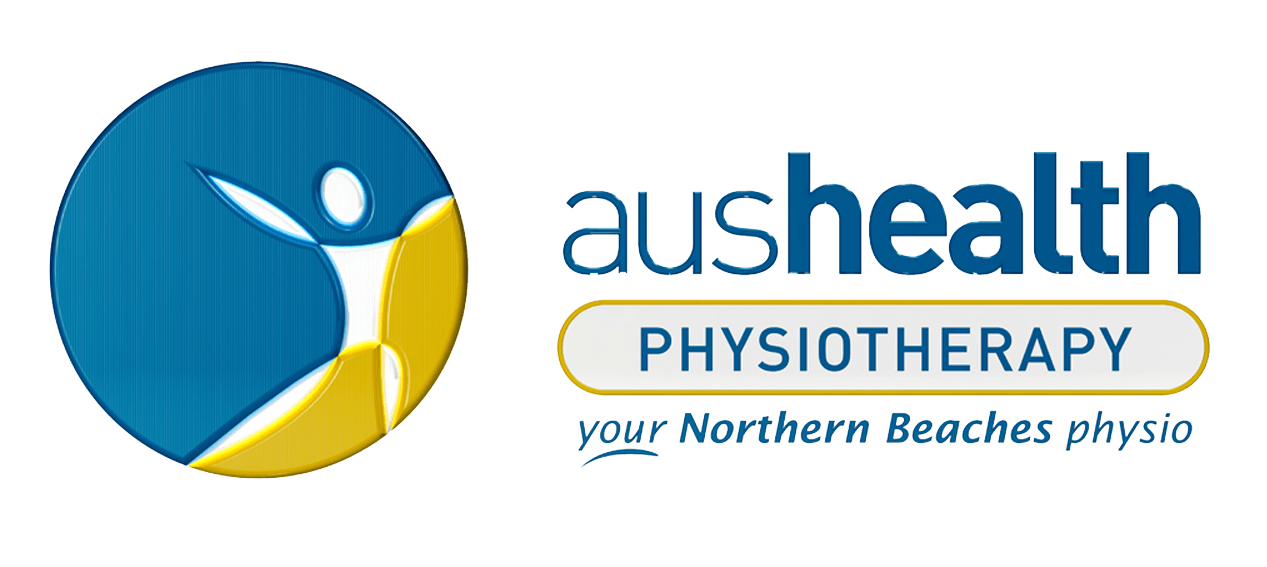
Whilst there are many causes for these symptoms, common ones include;]
- Dehydration
- Hunger
- Poor eye sight
and
- Poor posture
Now this last cause is unfortunately becoming more and more prevalent!
We are seeing the negative effects of poor posture due to:
- increased use of electronic devices and screen time (for study or for play),
- increased computer usage
- carrying heavy school bags, sports gear and musical instruments incorrectly
- confidence issues that often arise around puberty.
It’s particularly evident (and terribly disruptive) as children increase their study load in senior years.
How does poor posture affect us?
We basically have 2 types of muscles – Postural muscles – which work to hold us upright all day and movement muscles which – yes, you guessed it – help us move. They both have their own area of our health to look after but poor posture affects them both.
Poor posture puts near constant stress on areas that aren’t designed for long term exposure to it. This continued stress makes it very difficult to use our postural muscles which are designed to work all day to hold us upright. This means we have to rely on our movement muscles to hold us upright (not their job!) and this results in compressed joints, poor blood flow to muscles and sometimes nerve compression and creates headaches, neck pain and back pain – and these are just the main three symptoms!)
Make no mistake, chronic poor posture is no joking matter!!
So what can be done about it?
- Limiting screen time as much as possible can make a huge difference. So study use has to be given priority over recreational use if poor posture and its side effects are to be tackled.
- Encouraging good ergonomics – having a good workstation set-up with the screen at eye height and the keyboard and mouse set up so that the arms are naturally bent helps posture as well. So does the odd reminder that slouching on the sofa with a laptop might feel good, but it only adds to the problem if it becomes a habit instead of a “sometime” thing.
- Encouraging good posture – to learn some tips check out our blog “How much time do you spend on electronic media a day? @aushealthphysio.com.au. It is easy to tell children to sit up straight but once they have “slipped” into a bad posture, it can be really difficult to get them out of it without little bit of help – and some nagging.
- Getting some expert help from a Physiotherapist trained in dealing with these debilitating
musculoskeletal issues.
Treatment may include:
- Manual therapy to release symptomatic muscles and joints
- Strengthening and stretching to give children the ability to know what good posture feels and looks like so they can safely carry heavy objects around
- Education to give children the resources in their toolkits to catch themselves when they fall into bad posture and fix it themselves.
- Avoid relying on passive relief like medication, acupuncture or massage in isolation – whilst these can be great when used to help manage the initial pain, they will do nothing to treat the source of the pain. If these problems are left untreated over the medium to long term, pain will almost certainly become a chronic problem.
We believe in enabling children and making them strong, resilient individuals who have the capacity to help themselves – we just need to teach them how and that is what we do at Aushealth Physiotherapy.
If your child is in pain and experiencing headaches, neck or back pain and this isn’t resolving after rehydrating and eating, it really is worth having them assessed by us. We regularly work with children with posture related problems and get great results for them.
Let us help you help your child – for an appointment call us on 9905 0048 or book online and we will look after the rest.

